The Paleozoic Era, spanning from approximately 541 to 252 million years ago, was a time of astonishing biological diversity and evolutionary innovation. This era witnessed the emergence of numerous unique animals that would lay the foundation for modern ecosystems. In this article, we delve into some of the most incredible creatures of the Paleozoic Era, exploring their extraordinary adaptations and the environments they inhabited.
The Cambrian period (541 to 485 million years ago) marked a pivotal moment in Earth’s history, known as the Cambrian Explosion. During this time, life diversified dramatically, with the first complex multicellular organisms appearing.
Anomalocaris: This remarkable predator could reach lengths of over three feet. With its large eyes and powerful grasping appendages, Anomalocaris was one of the ocean's top hunters, preying on smaller marine life.
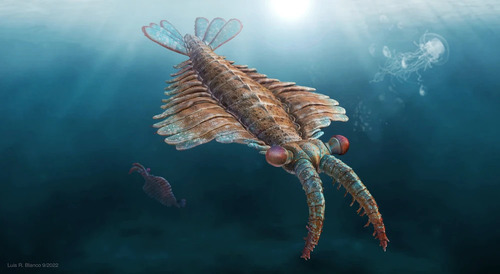
Hallucigenia: With its spiky back and multiple legs, Hallucigenia has long puzzled scientists. Its bizarre appearance, resembling a creature from a dream, showcases the strange forms life took during this explosive period.
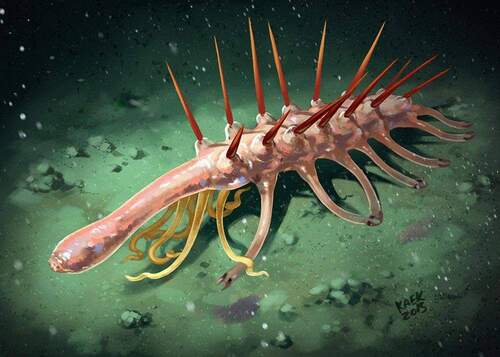
As the Paleozoic progressed, the Silurian (443 to 419 million years ago) and Devonian periods (419 to 359 million years ago) brought about significant advancements in marine life and the emergence of early terrestrial organisms.
Dunkleosteus: One of the largest placoderm fishes, Dunkleosteus could grow up to 33 feet long. Its armored body and formidable jaw equipped with sharp bony plates made it a fearsome predator in ancient seas.
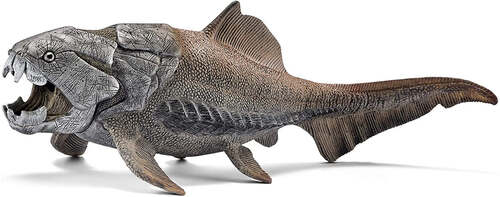
Arthropleura: This giant millipede-like creature roamed the land, reaching lengths of up to 8 feet. As one of the largest terrestrial arthropods, Arthropleura thrived in the lush, humid environments of the time.
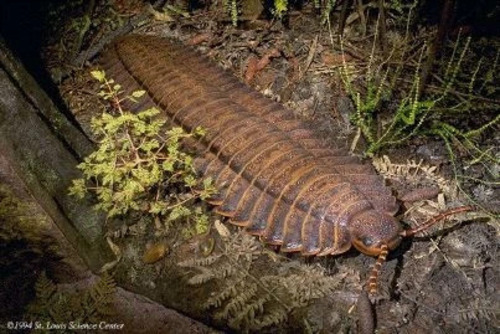
The Carboniferous period (359 to 299 million years ago) was characterized by vast swampy forests and high oxygen levels, leading to the evolution of giant insects and early amphibians.
Meganeura: A giant dragonfly with a wingspan of over 2.5 feet, Meganeura soared through the Carboniferous skies. Its large size was made possible by the high oxygen concentration in the atmosphere.
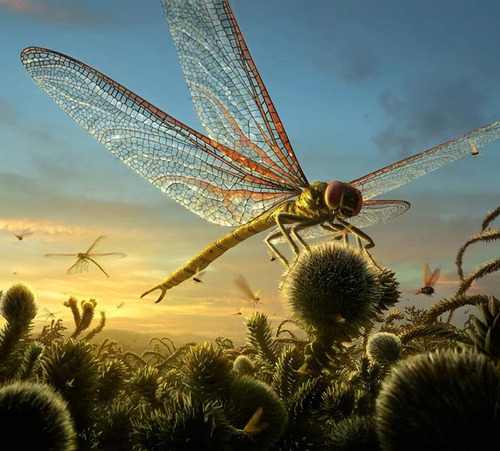
Eusthenopteron: Often referred to as a "fish with legs," Eusthenopteron is a crucial link between fish and the first land-dwelling tetrapods. Its limb-like fins provided the necessary adaptations for life on land.
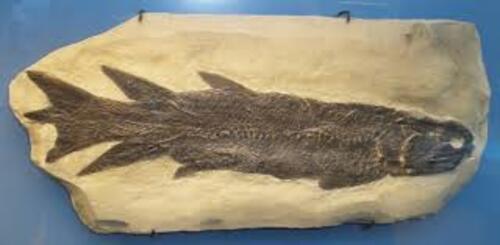
The Permian period (299 to 252 million years ago) set the stage for the rise of reptiles and the eventual dominance of these creatures in the Mesozoic Era.
Dimetrodon: Often mistakenly thought of as a dinosaur, Dimetrodon was actually a synapsid with a distinctive sail on its back. This sail likely played a role in thermoregulation or mating displays.

Gorgonopsids: These formidable carnivorous reptiles were apex predators of their time, possessing sharp teeth and powerful jaws. Gorgonopsids showcased the evolutionary shift toward the mammals we know today.
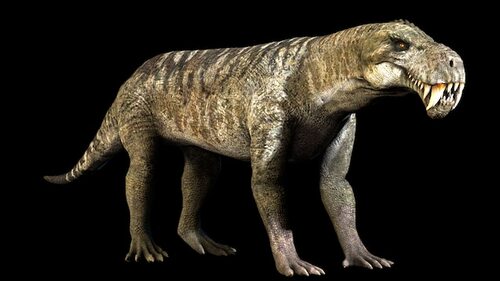
The Paleozoic Era was a remarkable period that set the stage for the evolution of life on Earth. From the bizarre creatures of the Cambrian to the giant insects and early reptiles, the animals of this era demonstrated extraordinary adaptations to their environments. While many of these species have long since vanished, their legacy continues to influence the biodiversity we see today. The incredible animals of the Paleozoic remind us of the ever-changing tapestry of life on our planet, filled with wonder and discovery.
animal tags: Paleozoic
We created this article in conjunction with AI technology, then made sure it was fact-checked and edited by a Animals Top editor.